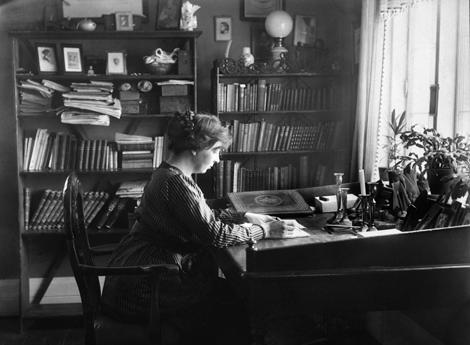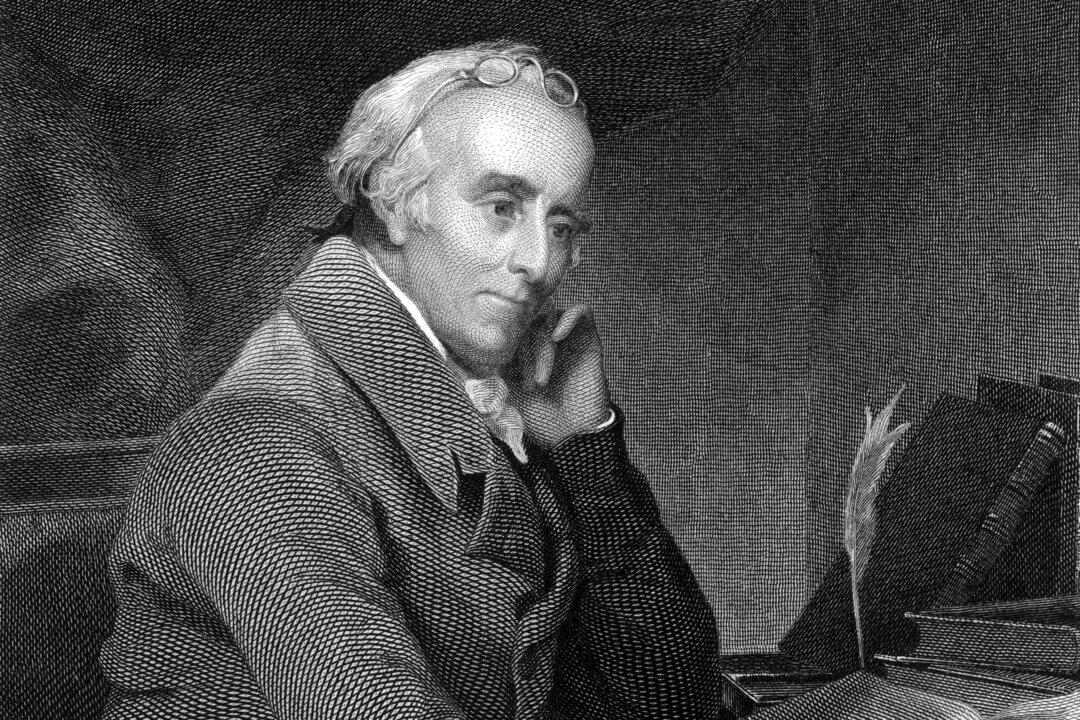The greatest of novelists—Leo Tolstoy, Fyodor Dostoevsky, Jane Austen, Mark Twain, and others—sweep us off to a time and place utterly different from our own. We read the books of these writers with one foot in the world of the ordinary—home, work, children, meals—but with the other planted firmly in the dream world furnished to us by the writer. The soirees and balls of Anna Karenina’s Saint Petersburg envelop us; the murder of the pawnbroker in “Crime and Punishment” might as well belong to this morning’s headlines; Mr. Darcy and Elizabeth Bennet of “Pride and Prejudice” become our intimates; the raft of Huck and Jim carries us down the Mississippi.
In “Kristin Lavransdatter,” Norwegian writer Sigrid Undset accomplishes this same literary miracle. From the first pages of this trilogy, which helped Undset win the Nobel Prize in 1928, we are transported back in time to 14th-century Norway, with her imagination and exquisite language becoming our time machine.






